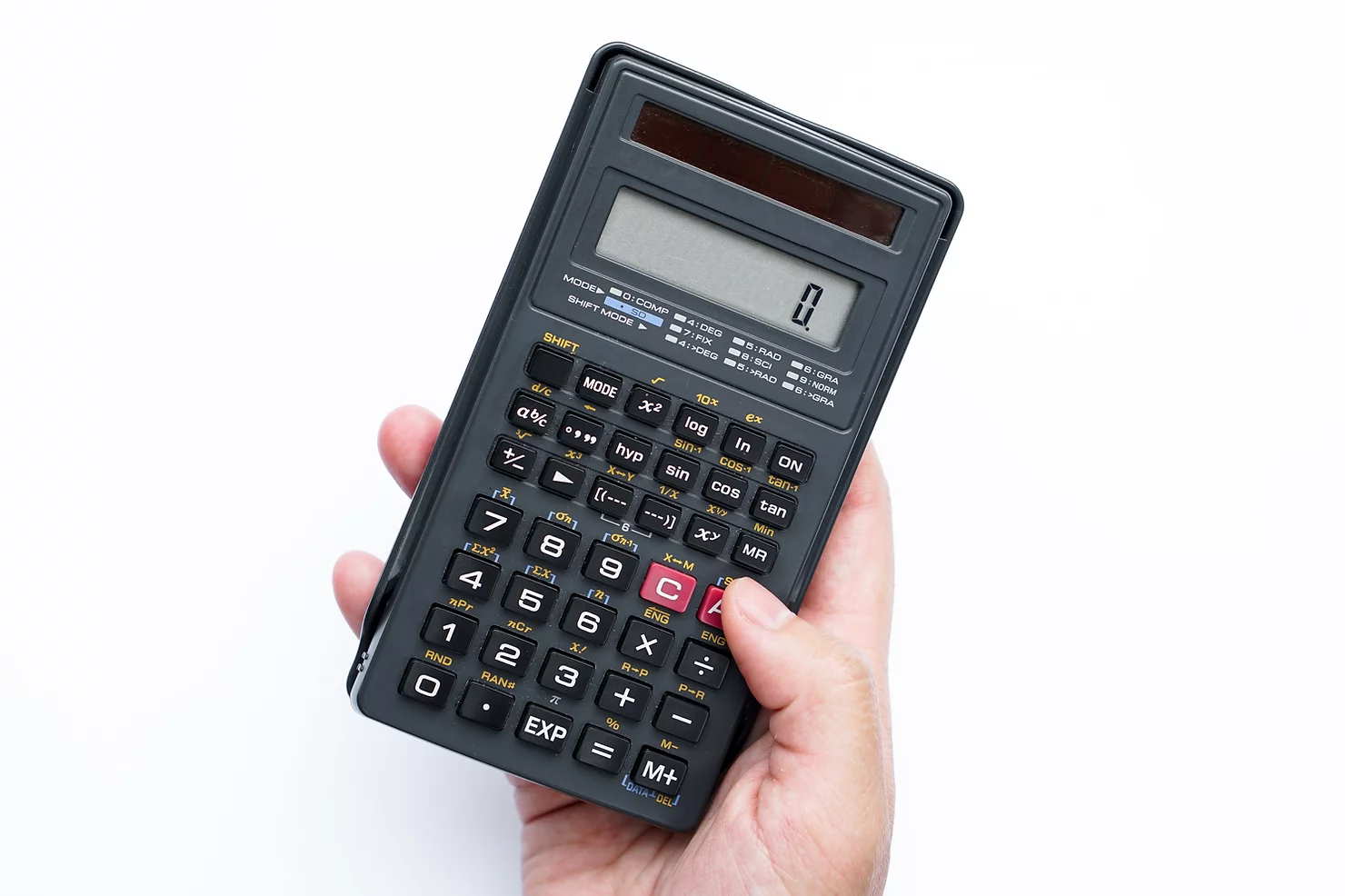We are living in a much deserved age of corporate skepticism. As a result, if we don’t understand what your company is doing, we won’t trust that you’re actually doing it.
Once your company has developed a crystal clear purpose, the next huge hurdle is to determine how to measure progress toward that vision in a way that’s so simple a 5th grader could understand it.
Impact is hard to measure. It takes resources to build a transparent, clear, and accurate measurement system. But If you can’t communicate your impact clearly and simply, with verifiable proof points, you will not get credit for it. All the inspiring magic that your purpose was going to deliver to your employees and consumers…you can kiss that good-bye.
Externally, consumers will write you off. Instead of lifting up your brand, this can damage it. And internally, your teams won’t be able to use your purpose to guide decisions. If they don’t understand how to measure impact, they won’t be able to invest in the initiatives that move your mission forward.
As an example, think about the popular clothing brand Bombas. They sell socks. And even if you’ve never worn a pair of their socks, you probably know that for every pair of socks sold, the company donates a second pair to a homeless shelter. More recently they’ve expanded their Buy One Give One model to t-shirts and underwear.
While I’m highlighting this example for its simplicity, there are real questions about whether the social impact aspect of similar BOGO models are effective or damaging—particularly when companies begin operating in developing countries. Depending on how the model is structured and what’s being given away, it can create dependency, sap local initiative, and kill demand for local businesses.
Michael Matheson Miller, director of PovertyCure, a group promoting entrepreneurial solutions to poverty notes “When you give away something free, you’re giving away a band-aid. You’re not addressing deeper causes of poverty and you may be inhibiting long-term solutions. Poor people aren’t poor because they lack stuff; they’re poor because they lack the infrastructure to create wealth. People who want to help should be asking not, “What can I do to help?” but, “How do people create prosperity for their families, and then, how can I assist with that?”
You can’t just walk into a store and grab free Bombas socks. The company partnered with on-the-ground organizations to ensure that the people who are most in need—people living outside the formal economy—are the true beneficiaries of their donations. People who can afford to buy socks still buy socks and support their local shops. Warby Parker has created a structure to mitigate negative consequences of their one-for-one eyeglasses model. Since the beginning, they charge for the eyeglasses they “give away” in 35 countries. Also, the monetary donations Warby Parker makes for every pair of glasses it sells are used to train people to give basic eye exams and sell glasses in the “donation” locales. This creates infrastructure, a supply chain and jobs.
Lesson: Having an easy to understand model and metrics is key to success from a marketing and an internal alignment standpoint. However, this example highlights the importance of thinking through and continually reviewing the second and third-order consequences of your strategy and tactics from an impact standpoint. It also highlights the importance of co-creating solutions with the communities you want to support and experts in those fields.




